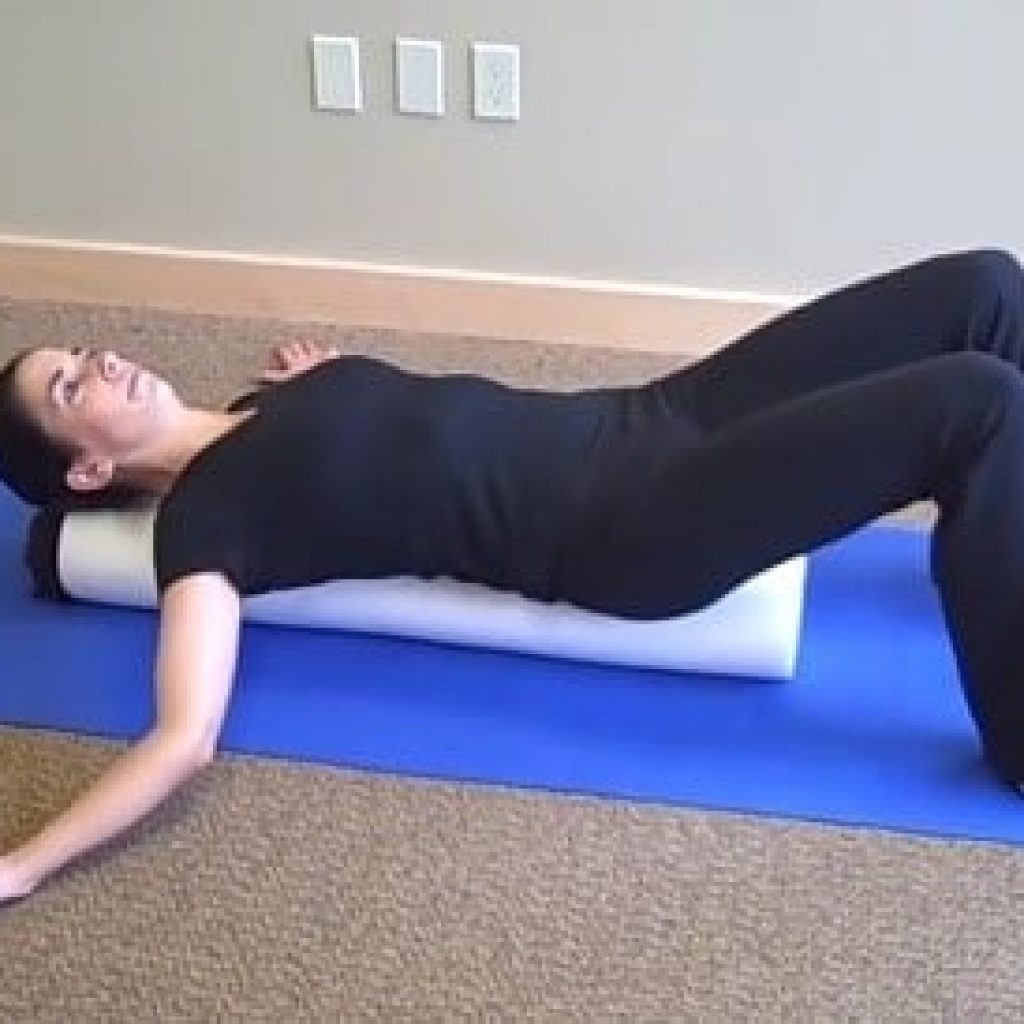
Technology is a wonderful thing. However, that has led to a large part of the workforce being stuck in front of a computer for most of their day. While this may seem harmless, the low-load stress of sitting all day can really take a toll on your body. Neck pain and low back pain are the most common ailments that result from sitting too much. Throw your back out just taking out the trash? The damage done to your low back from working a desk job may have led to this. Wake up with a stiff, painful neck? Straining to look at the computer may have predisposed you to this, as well. There are a few simple posture corrections and exercises that you can do to try to prevent the negative outcomes of working behind a computer.
The Problem
When we sit with our heads sticking out in front of us to see the screen, this puts the back of the neck under a constant workload. While these muscles get tight and overworked, the muscles in the front of the spine that help to stabilize the neck get stretched and weak. The muscles in the upper back also get stretched and weak and those in the front of the chest get tight. A slouched position also puts a lot of stress on the discs in the lumbar spine (low back) that can set you up for bulging discs, herniated discs, or infamous sciatica.
The Solution
The simplest thing you can do is to correct your posture. Although this sounds easy, keeping good posture can be a constant battle, especially when you’re trying to change 10+ years of a bad habit. Slap a sticky note on your monitor as a reminder! We have a great video on our Instagram and Facebook page that explains proper desk setup and that is really where good posture starts. Once your desk setup is as good as it can be, start your posture correction at the pelvis. Roll your hips forward so that you are sitting on your “butt bones” (ischial tuberosities). Lift your rib cage up towards the ceiling. Then, tilt your chin down ever so slightly to make sure your neck is neutral and you are not looking up. Lastly, make sure your shoulders are relaxed and not drifting up towards your ears. A chair with good low back support or an added lumbar roll can help significantly in keeping this proper pelvic and low back position. As a rule, you should try to get up and move around at least once every hour!
Desk setup video:
https://www.instagram.com/tv/B-K5vtspMnI/?utm_source=ig_web_copy_link
https://www.facebook.com/watch/?v=201287601316561
In-Office Exercises
Shoulder blade squeezes- Stand and pull your shoulder blades together and down. Don’t forget the downward part! Your shoulders should move down and away from your ears with this exercise. Do 5 reps.
Chin tuck- To correct your forward head posture, stand and retract your head so that your ears sit over your shoulder blades. Do 5 reps.
Chest/pec stretch- Find a doorway, place your hands on either side with your elbows sitting slightly below your shoulders, and gently step through until you feel a pull across the chest. Don’t push too hard and stop if there is any pain in the shoulders. Hold for about 10 seconds and do 3 reps.
Low back extension- Support your low back and pelvis with your hands, then lean back, hinging over your hands. Move slowly and gently! Go only as far as is comfortable and do not do this if there is any pain. Do 5-10 reps.
At-Home Exercises
Foam roll pec stretch- This is a great exercise for everyone at the end of their day! If you feel a big stretch across the chest, hang out for about 30 seconds here then move the arms down to relax. Do 3 reps. You can also just lay in this position with minimal stretch to allow your spine to rest in a neutral position and reverse all the stress you have put on your back sitting throughout the day.
Neck decompression- A cervical ELDOA stretch is great to decompress your spine at the end of a long day glued to the computer. Check out the video for full instructions!
https://www.instagram.com/tv/B-XBmztpYFR/?utm_source=ig_web_copy_link
https://www.facebook.com/watch/?v=222860078918812









